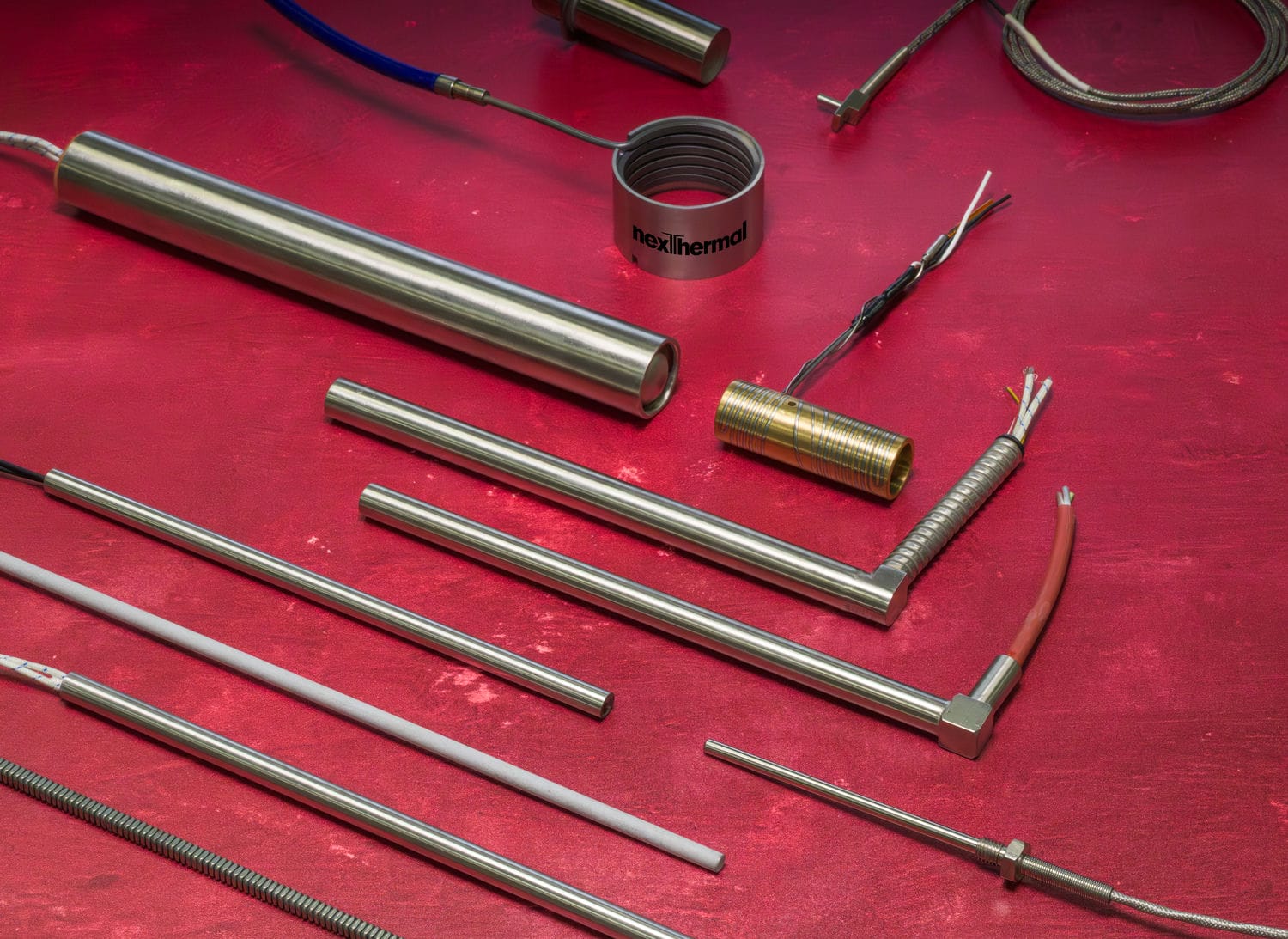Temperature sensors measure the temperature of air, gas, liquids, and solids. They measure how cool or hot a given object is and convert the measurement into readable units such as Fahrenheit and Celsius.
They are an important part of various industrial applications and other sectors like medical, food processing, automotive monitoring, oil mining, and glass manufacturing.
RTDs (Resistance Temperature Detectors), thermocouples, thermistors, thermostats, and semiconductor-based integrated circuits are the 4 major types of temperature sensors. Let us compare the working principles, applications, and benefits of RTDs and thermocouples.
Thermocouples and RTDs
Thermocouples are used to measure the internal temperature of an object. A thermocouple consists of wires of different metals that are welded together to form two junctions (cold junction and hot junction). The cold junction is kept at a specific temperature while the hot junction is where the temperature is measured.
Thermocouple wires are made of different metals. If all the wires are made of the same metal, the temperature changes in the wire will not affect the voltage output. Copper-iron, copper-constantan, and antimony-bismuth are the most widely used metal pairs for the construction of a thermocouple.
Thermocouples are used in a range of mechanisms such as home appliances, industrial applications, furnace monitoring and control, and generating electric power.
RTDs are passive devices that sense the temperature and work on the basic principle that resistance changes when there is a change in the temperature. As the temperature of the metal increases the resistance to the flow of electricity also increases.
The most commonly used metals for constructing RTDs are copper, nickel, and platinum.
RTD temperature sensors are used in the automotive industry, laboratories, chemical industry, pharmaceutical industry, food processing industry, aerospace, and many more.
Comparison of RTDs and Thermocouples
- Temperature
The temperature of an RTD is between -200 to 600 ℃, while the thermocouple usually offers a wider temperature range from -200 to 2000 ℃. Thermocouples are considered the best option for working at high temperatures and hence are used in a variety of applications.
- Response time and sensitivity
Thermocouples offer a response time of 0.1 to 10s while the response time of an RTD is between 1 to 50s. As the response time of a thermocouple is faster compared to RTDs, they are more sensitive. A grounded thermocouple will respond nearly three times faster than an RTD. An exposed tip thermocouple is the fastest-possible temperature sensor.
- Cost-effectiveness
The initial cost of an RTD is less compared to a thermocouple. But maintenance of an RTD costs two or three times more than a thermocouple. This makes thermocouples cheaper and cost-effective.
- Size
Physically, the size of a thermocouple is smaller than that of an RTD making it easy to use.
- Accuracy
Factors like linearity, repeatability, and stability affect the accuracy of a temperature sensor. RTDs are designed to generate accurate results as compared to a thermocouple. They generally have an accuracy of 0.1 ℃. RTDs are preferred for most applications that require greater accuracy.
- Stability and Linearity
RTDs offer higher stability than thermocouples, as their readings remain stable and repeatable for a longer period. The readings of a thermocouple tend to drift because of chemical changes like oxidation in the sensor. The linearity and lack of drift make RTDs more stable.
- Self-heating Capabilities
RTDs measure temperature by passing a current through the resistor, this makes it prone to self-heating and results in a minor change in temperature causing a small measurement error. As thermocouples do not require any external power supply, self-heating does not occur.
Thermocouples are comparatively more economical than RTDs. This can be an important factor to consider depending upon the number of thermocouple probes needed for an application.
Alternatively, RTDs provide accurate and reliable readings. Based on the above comparisons and assessing the range and performance required, you may choose a suitable temperature sensor.











